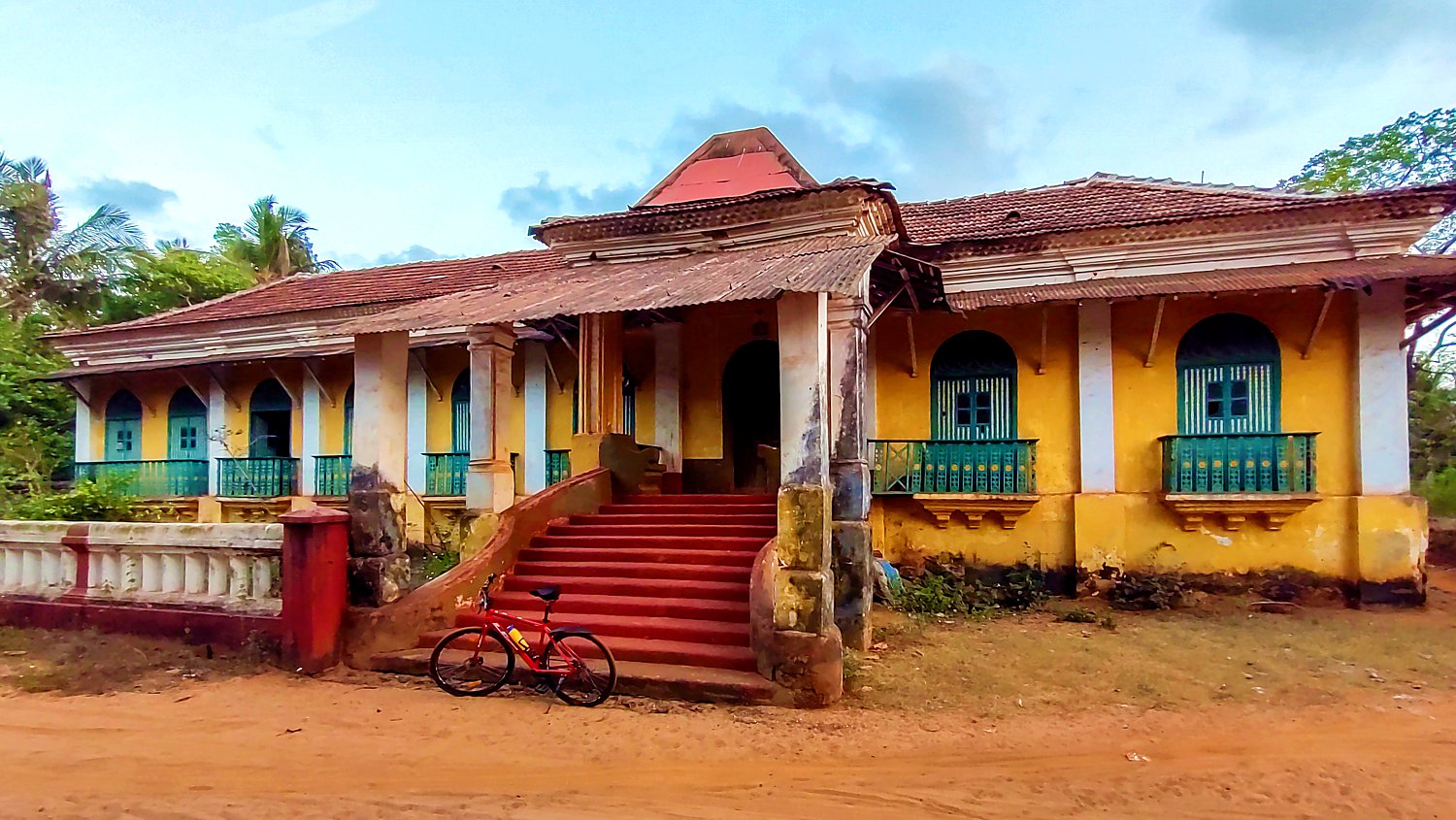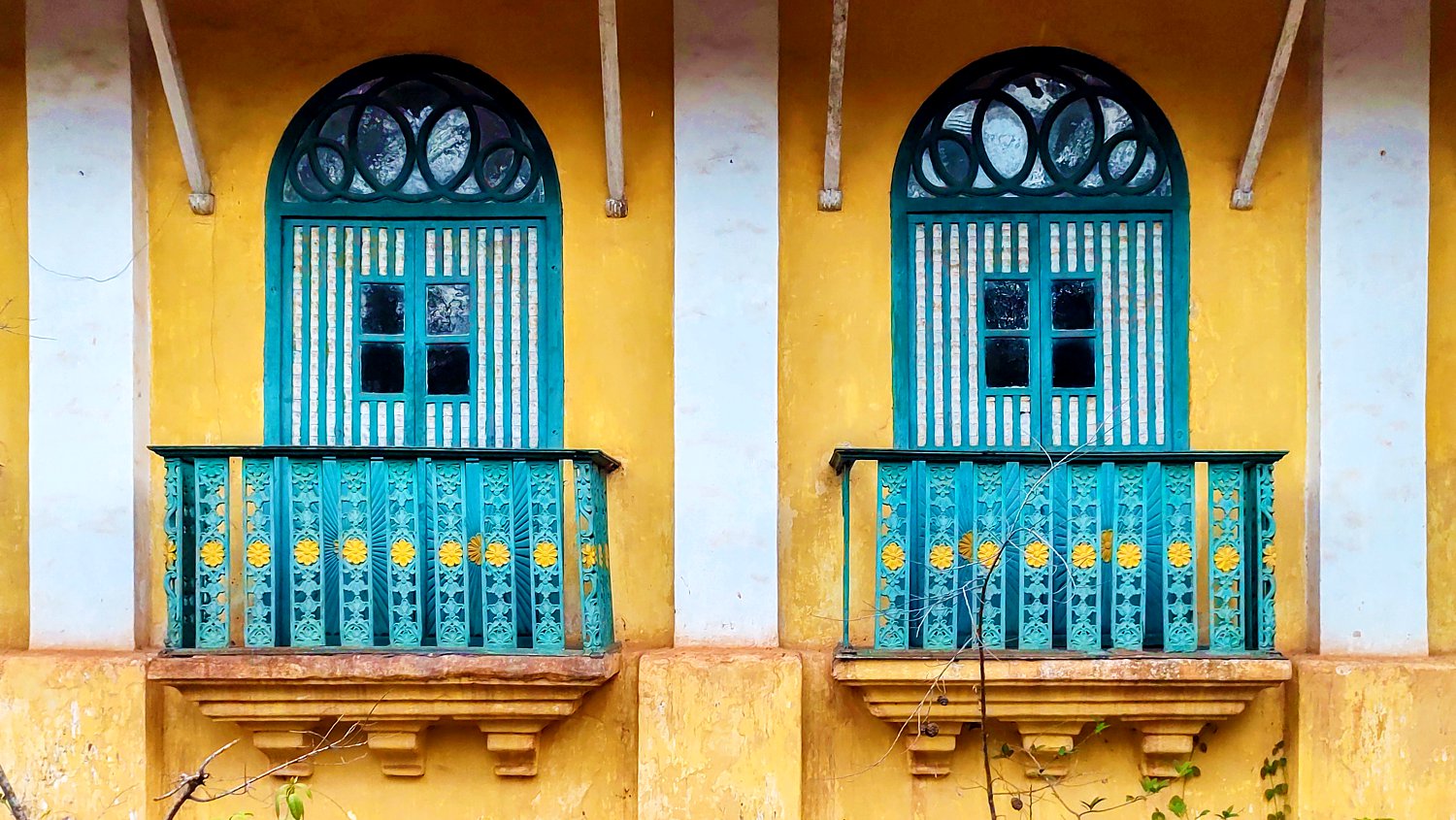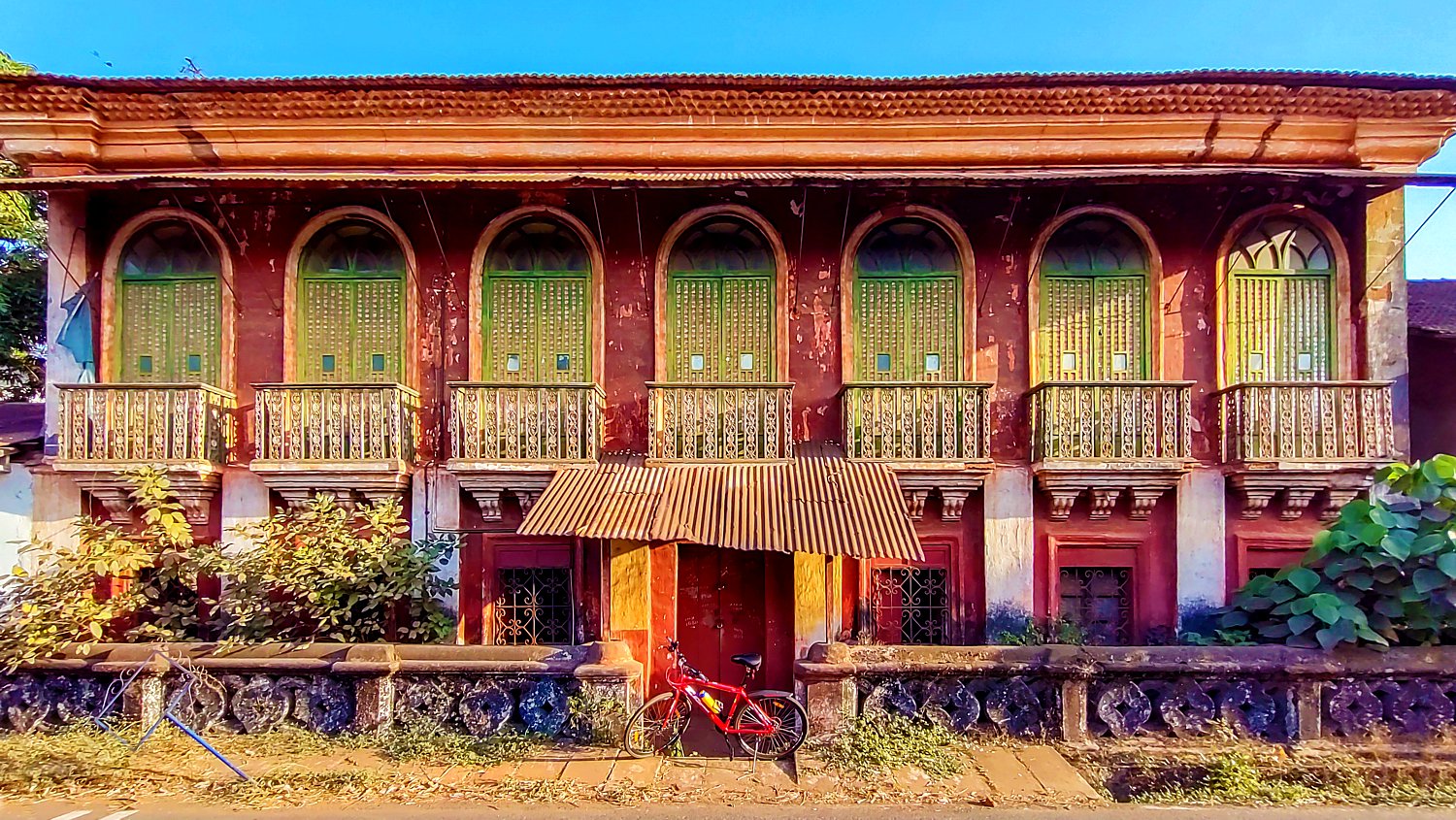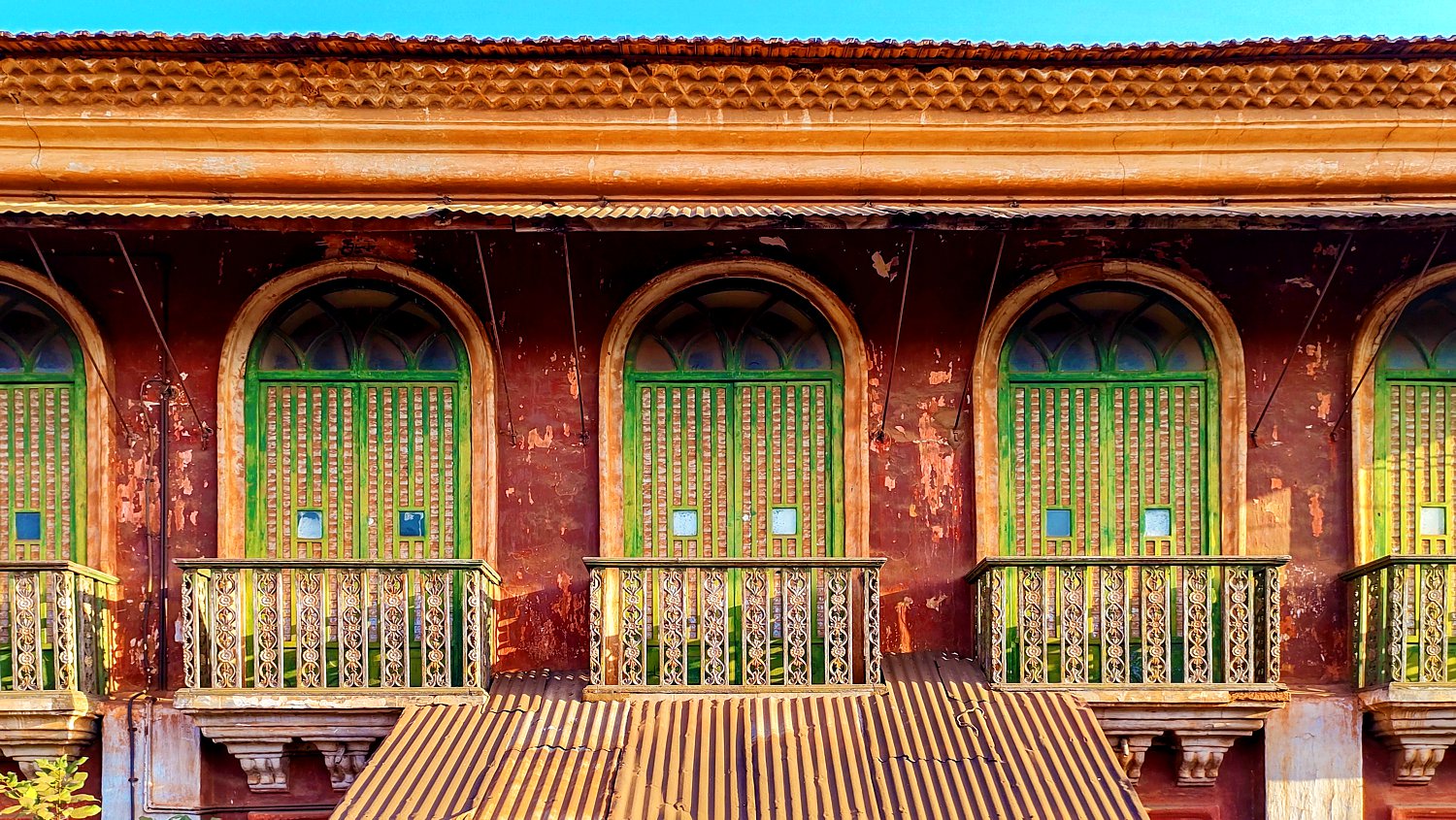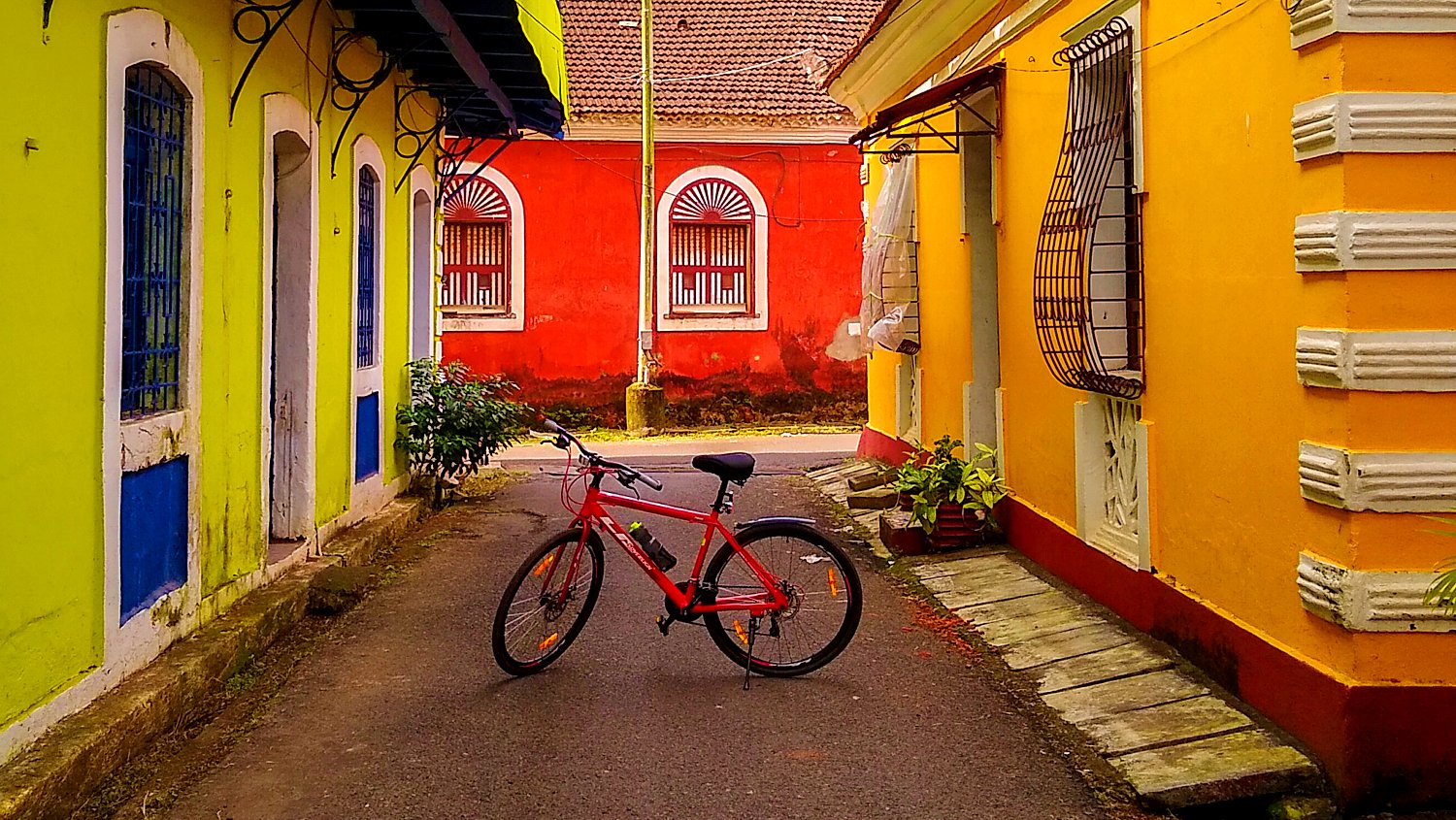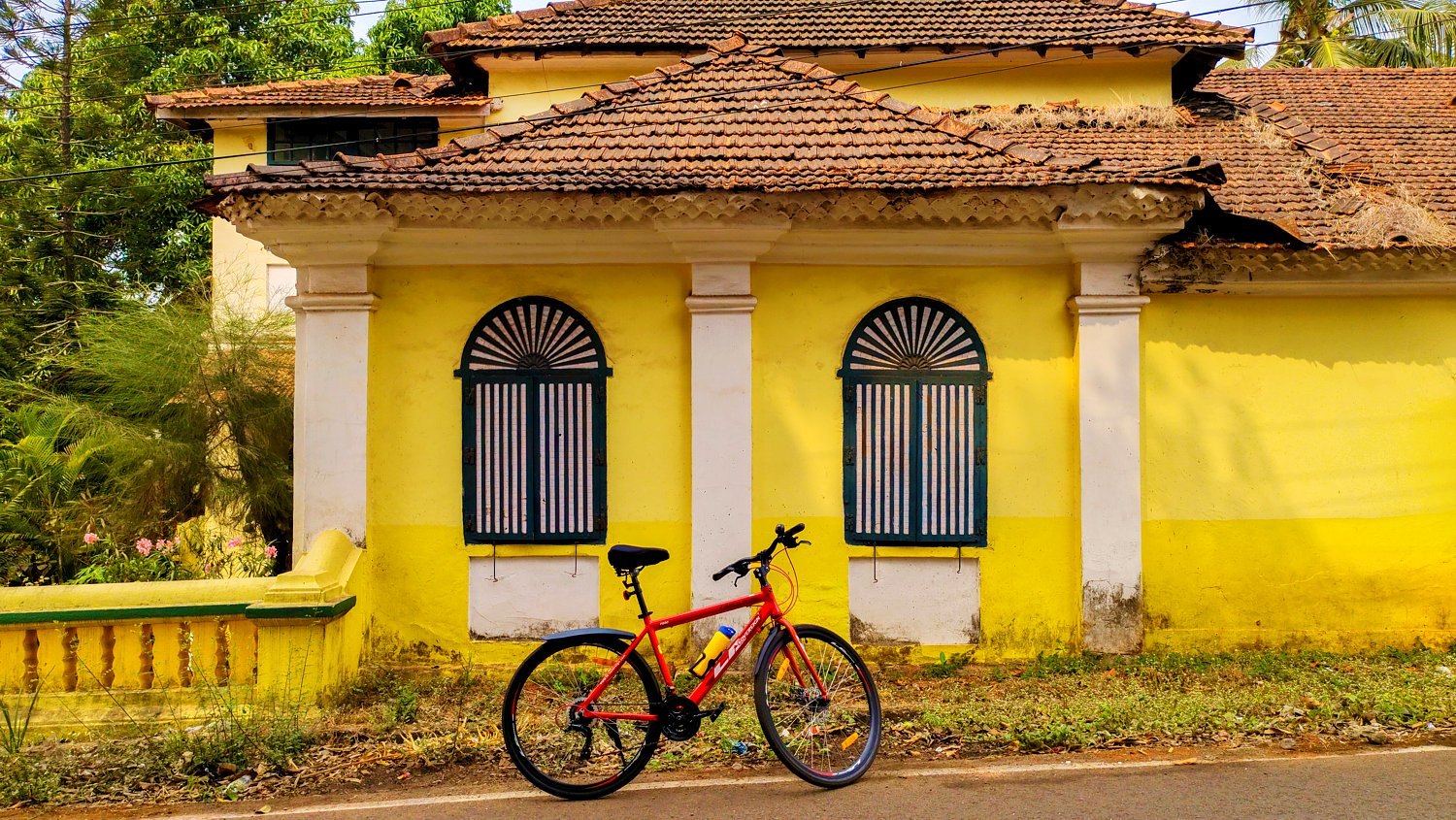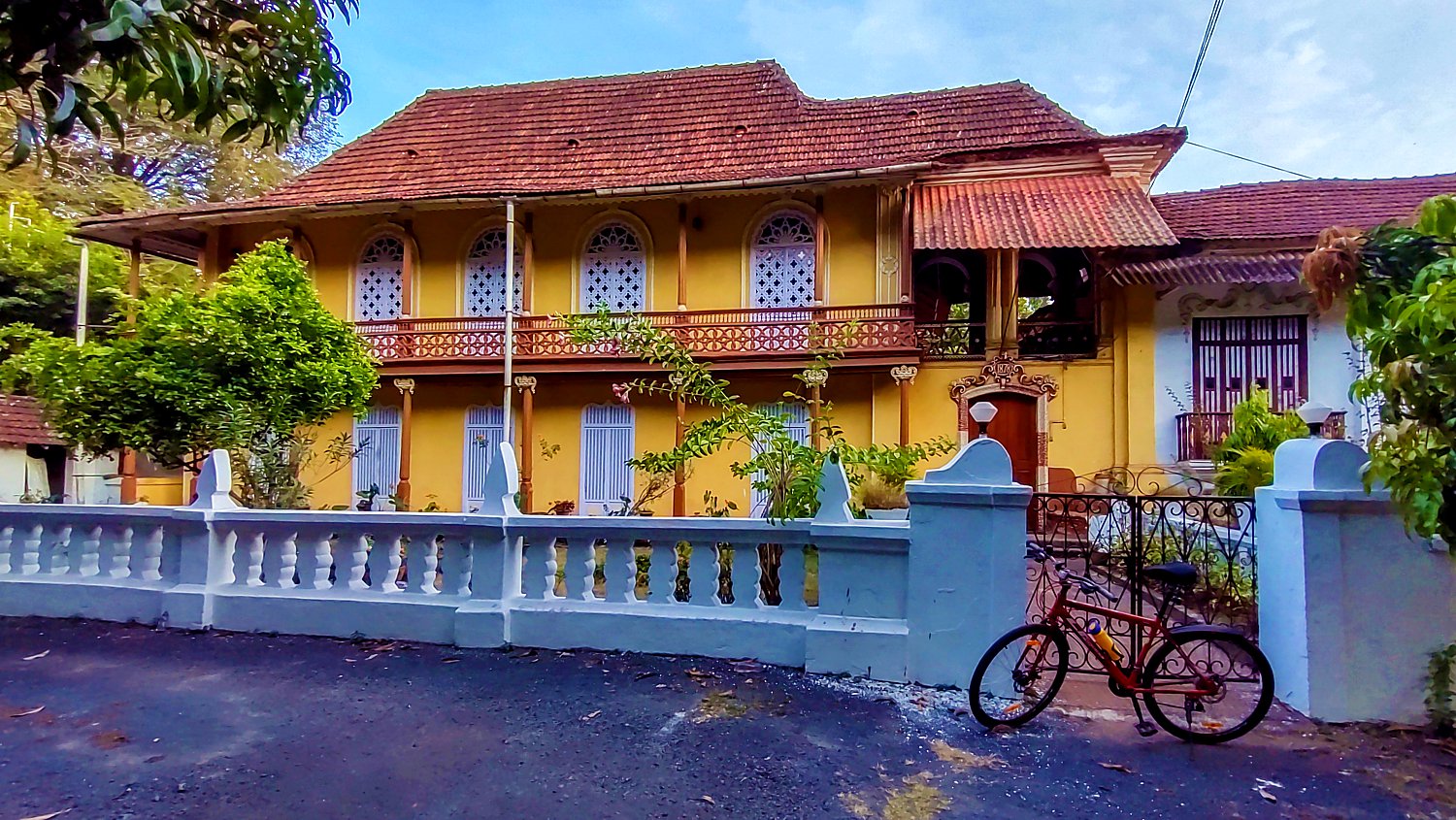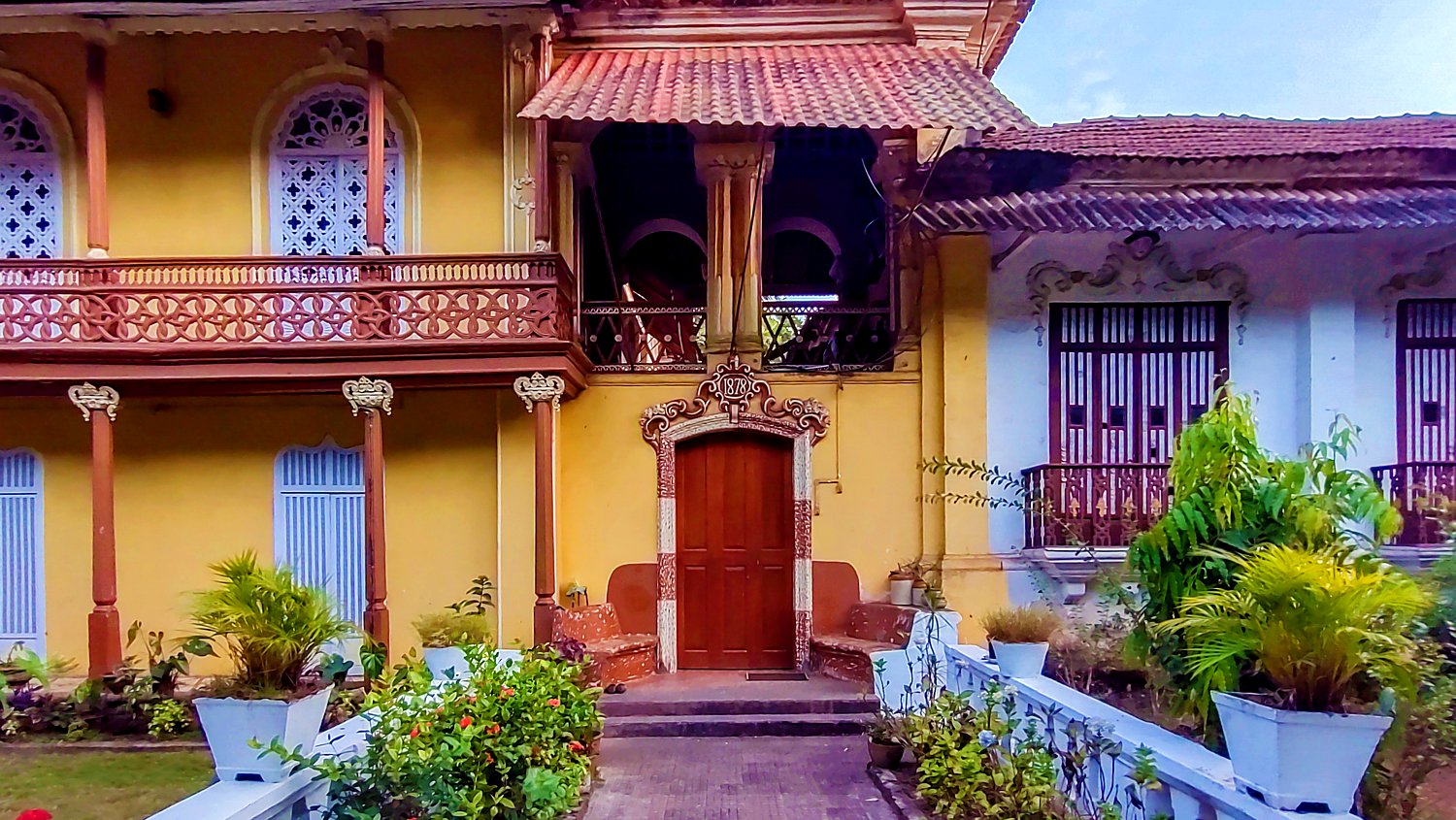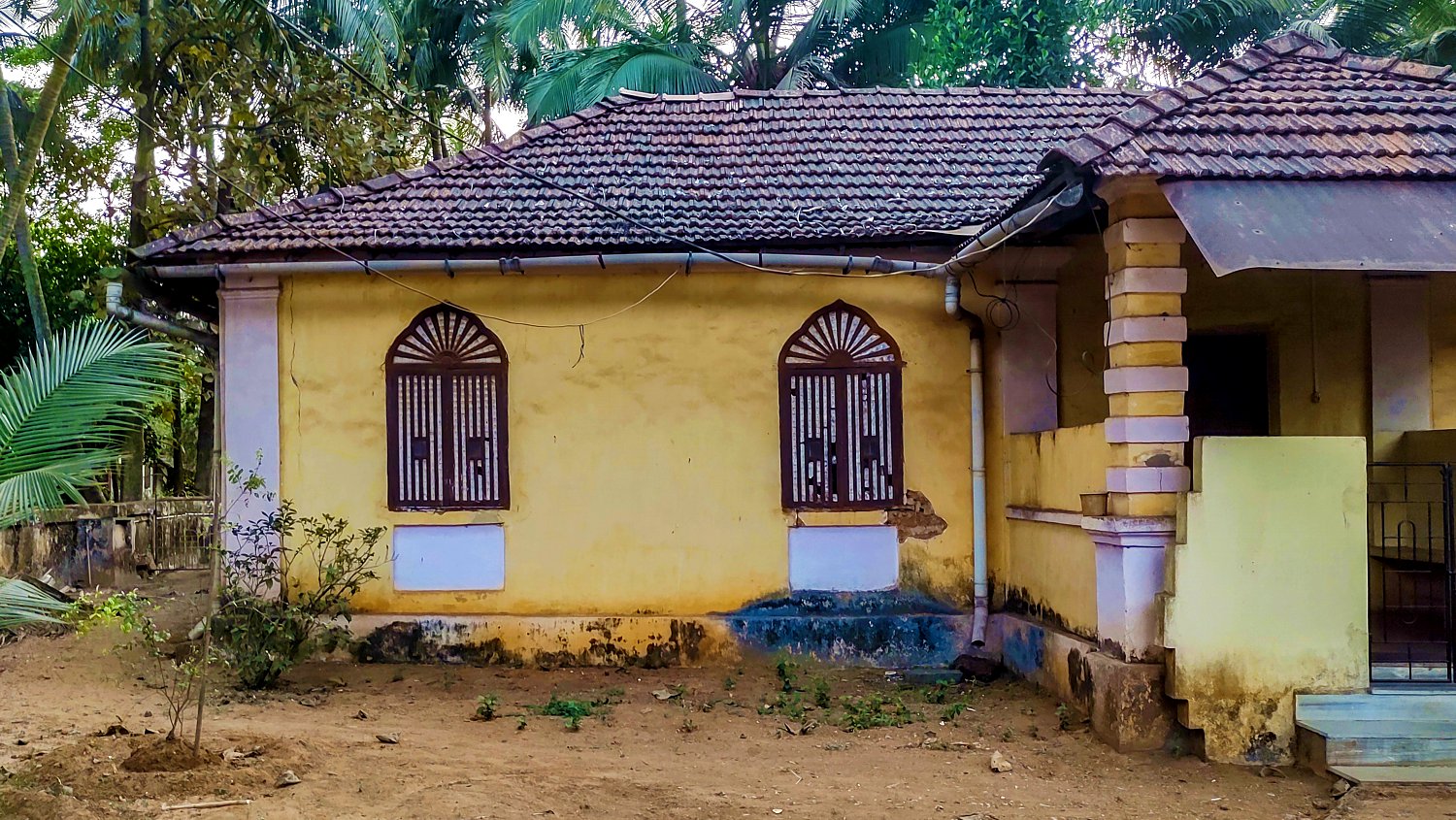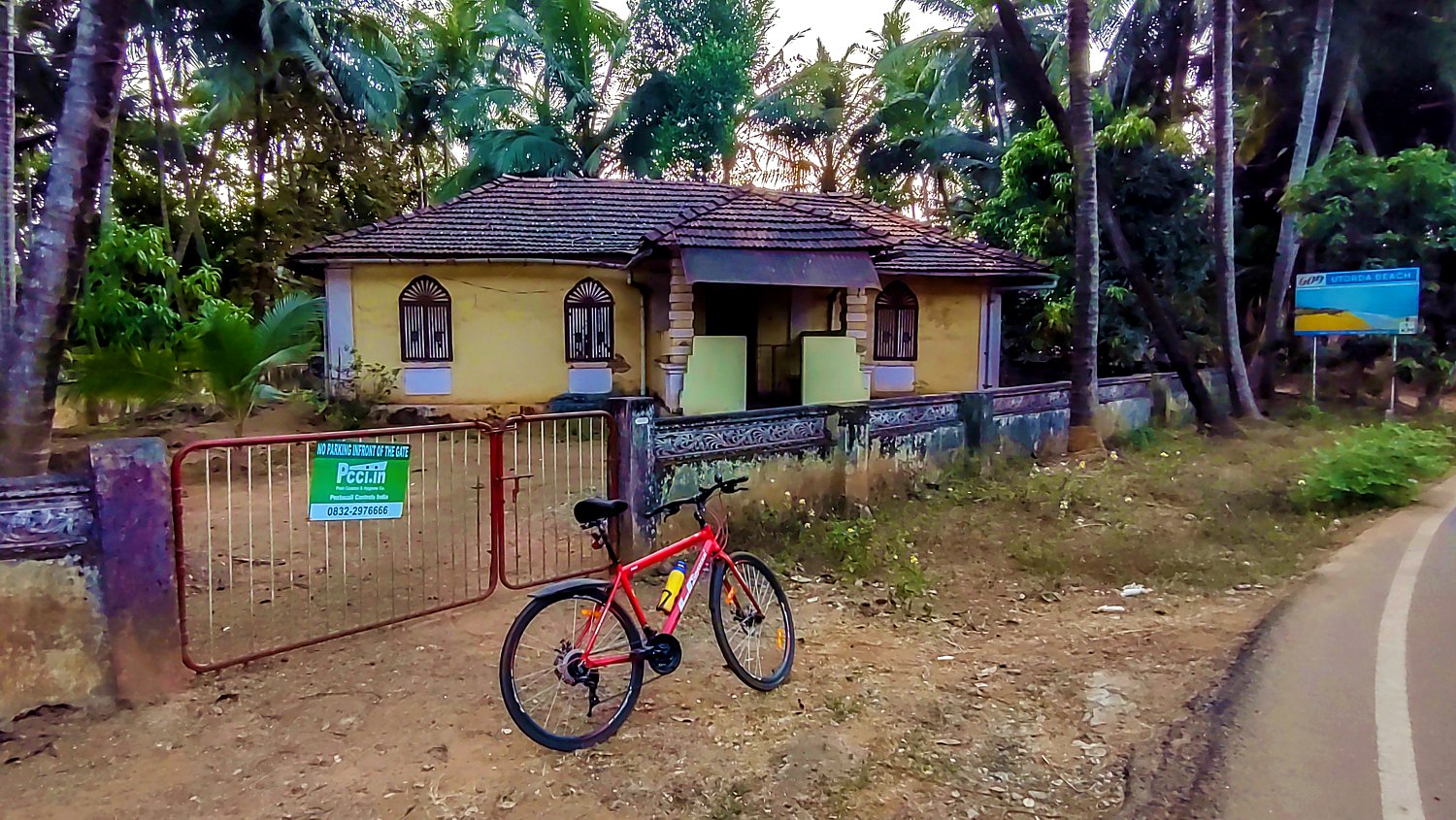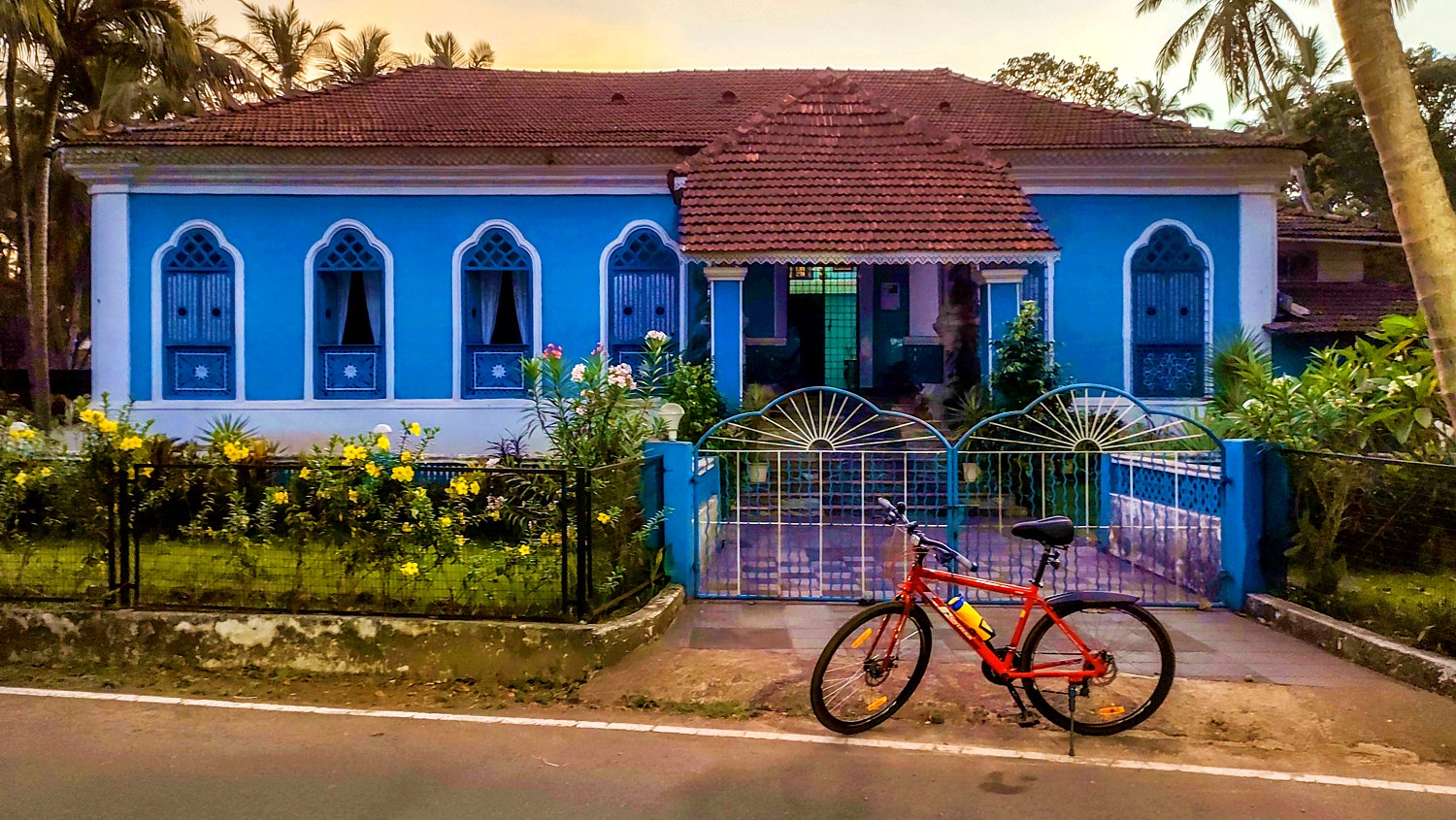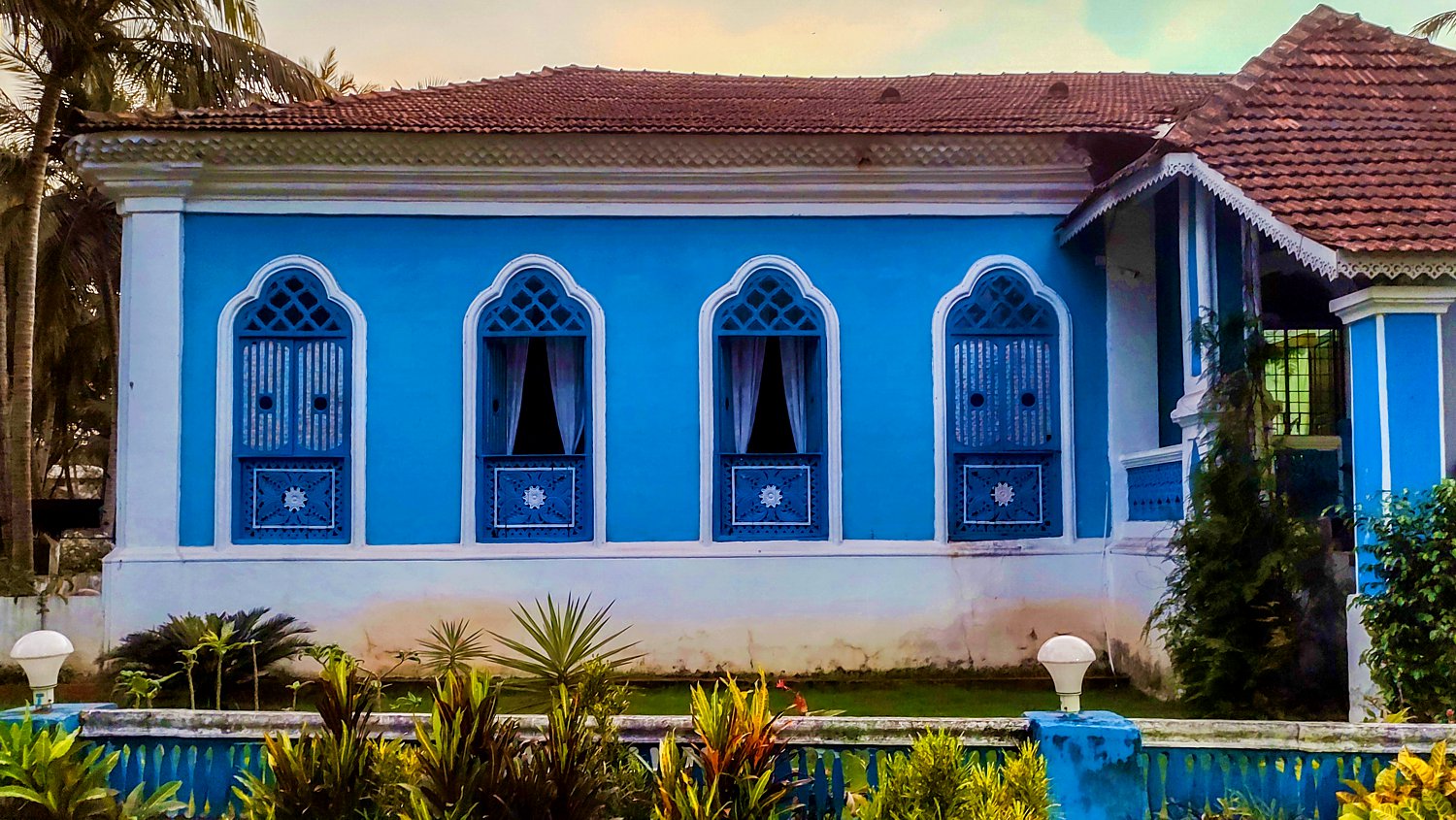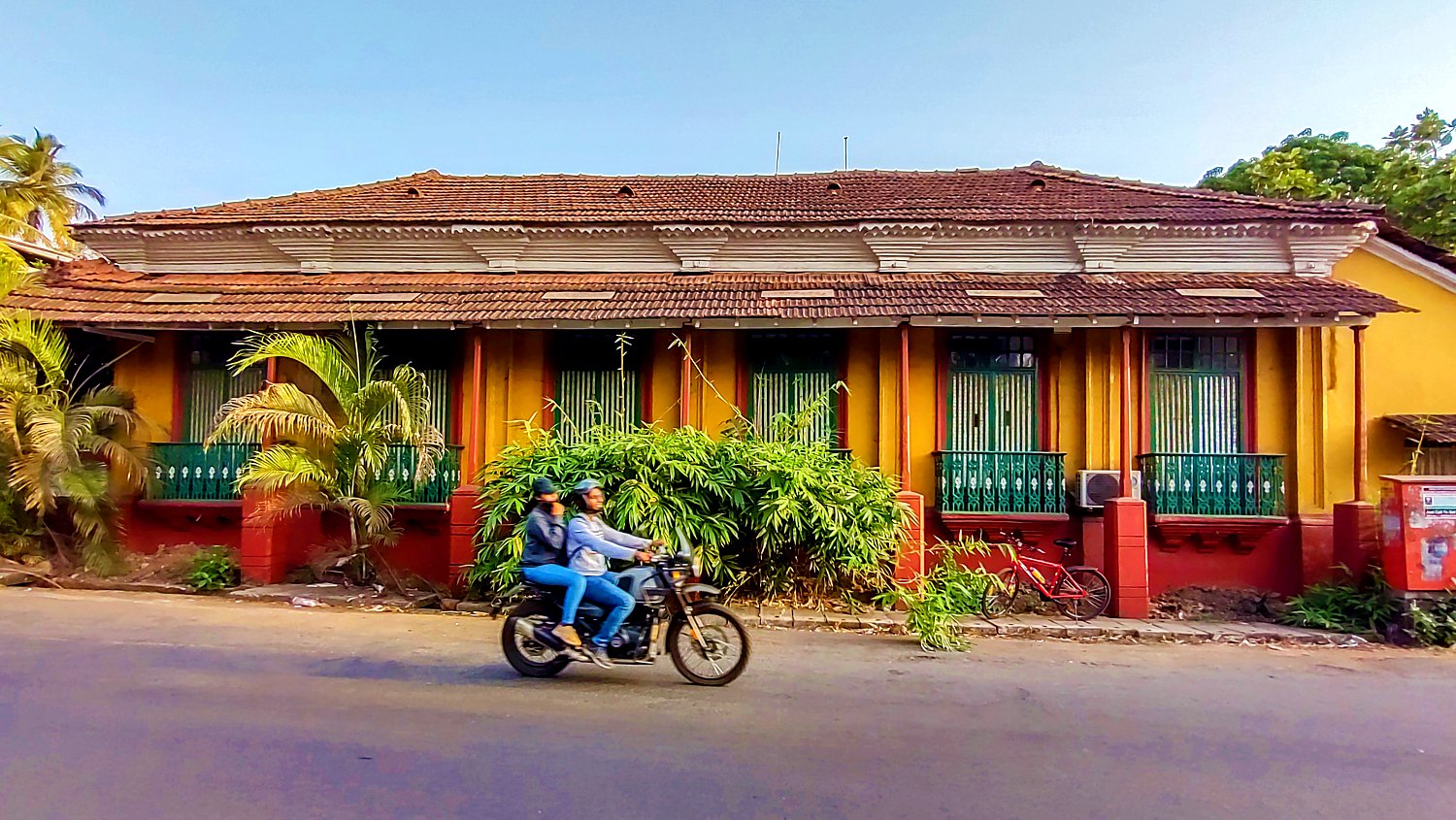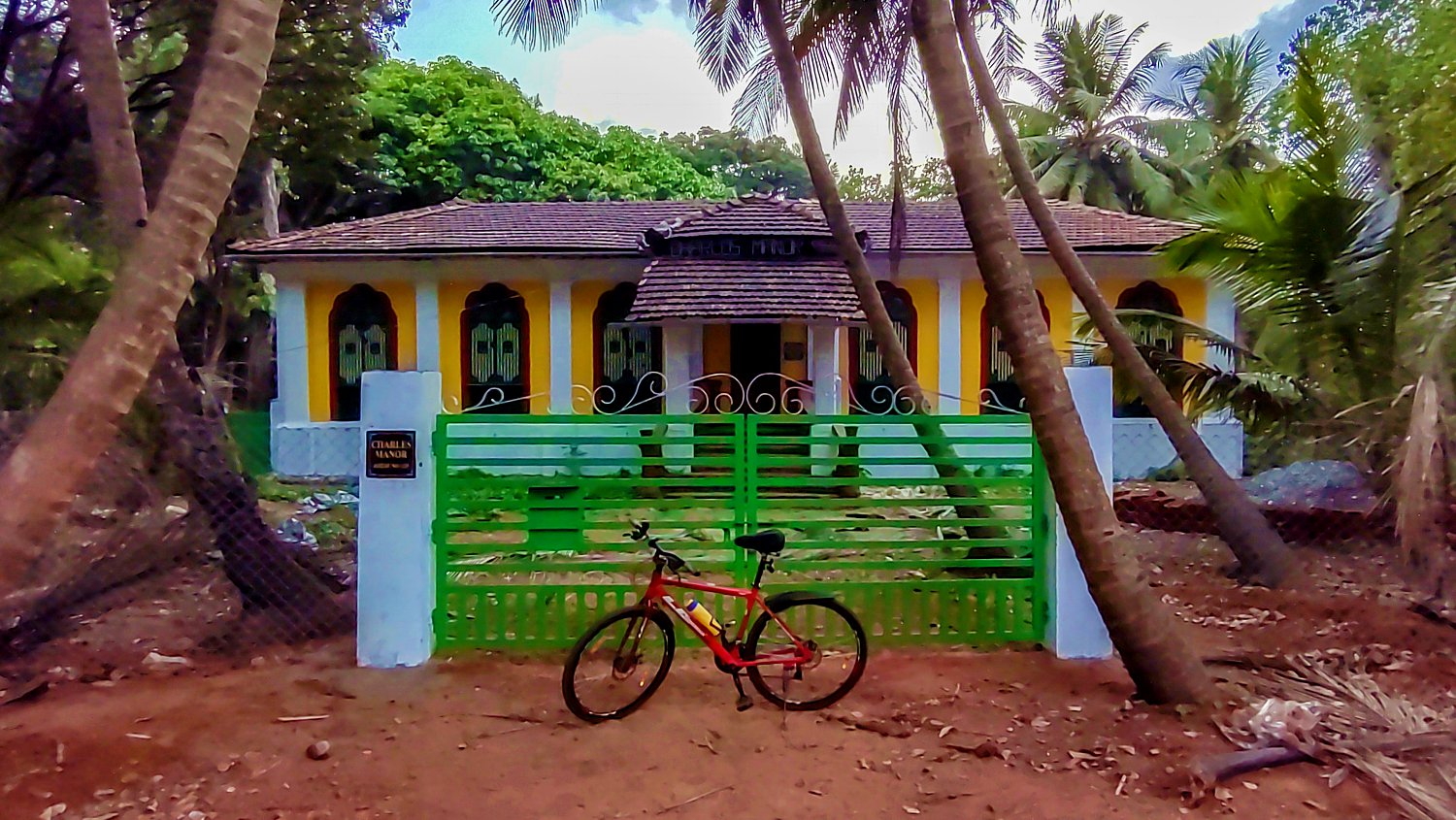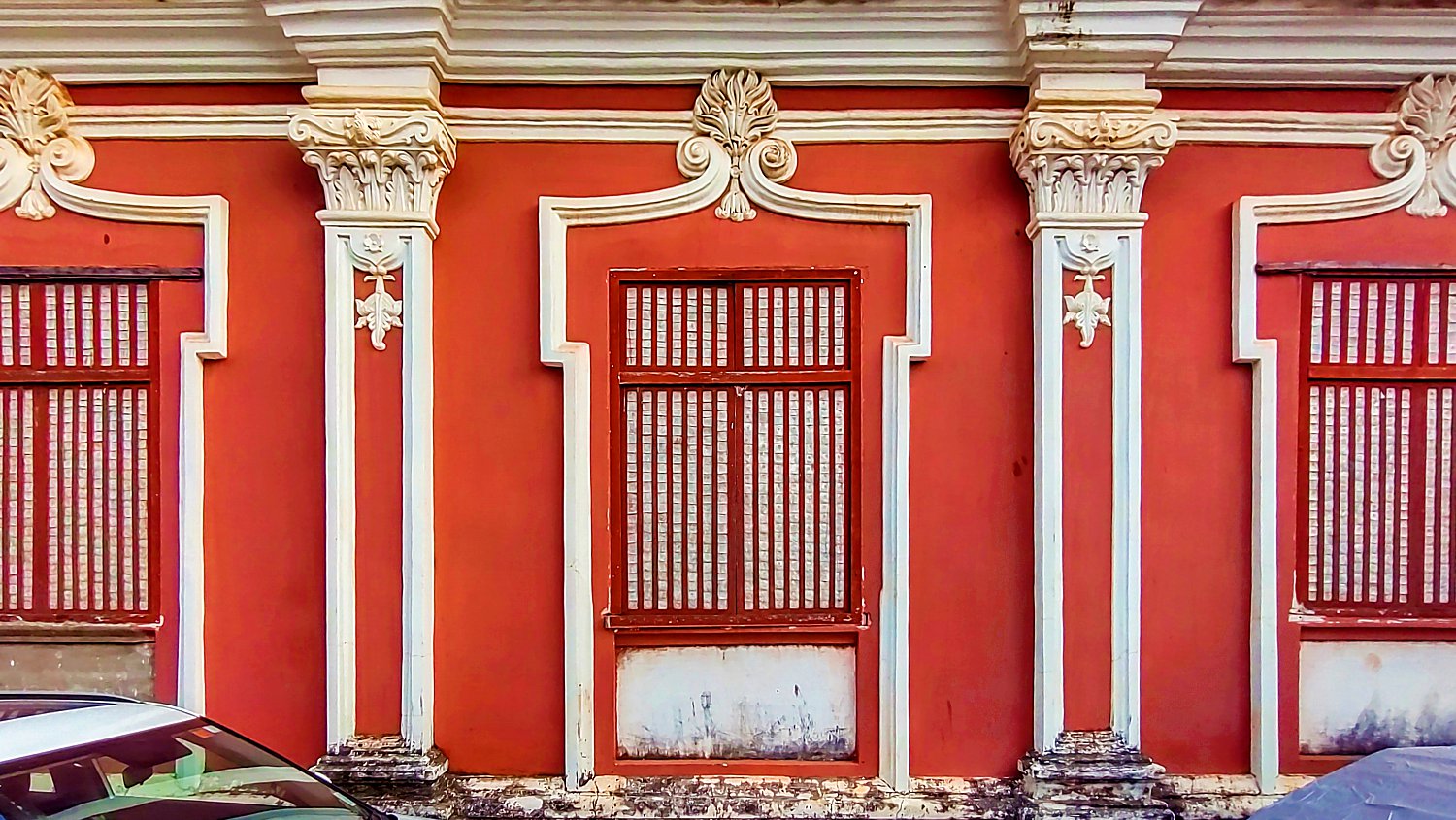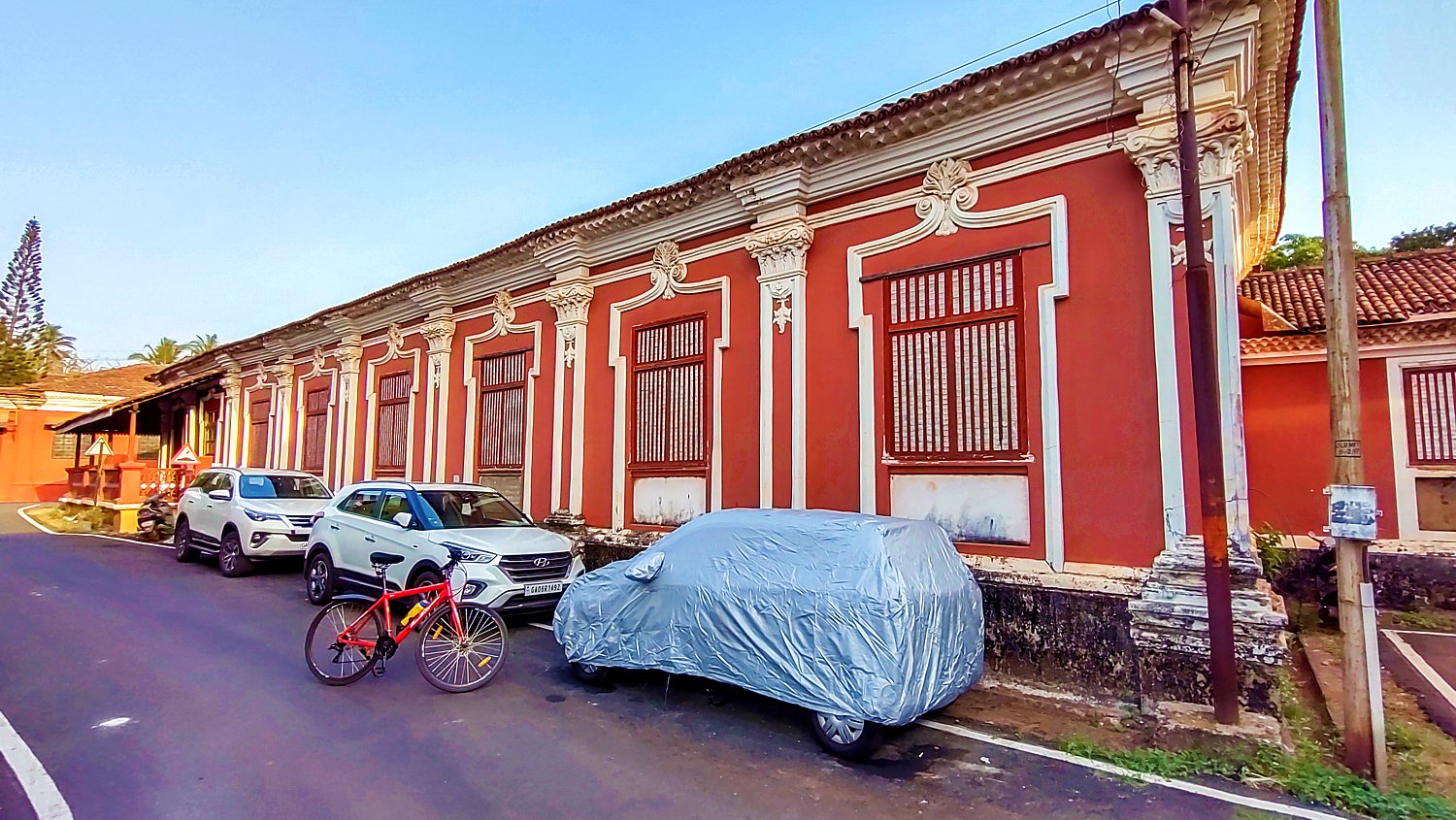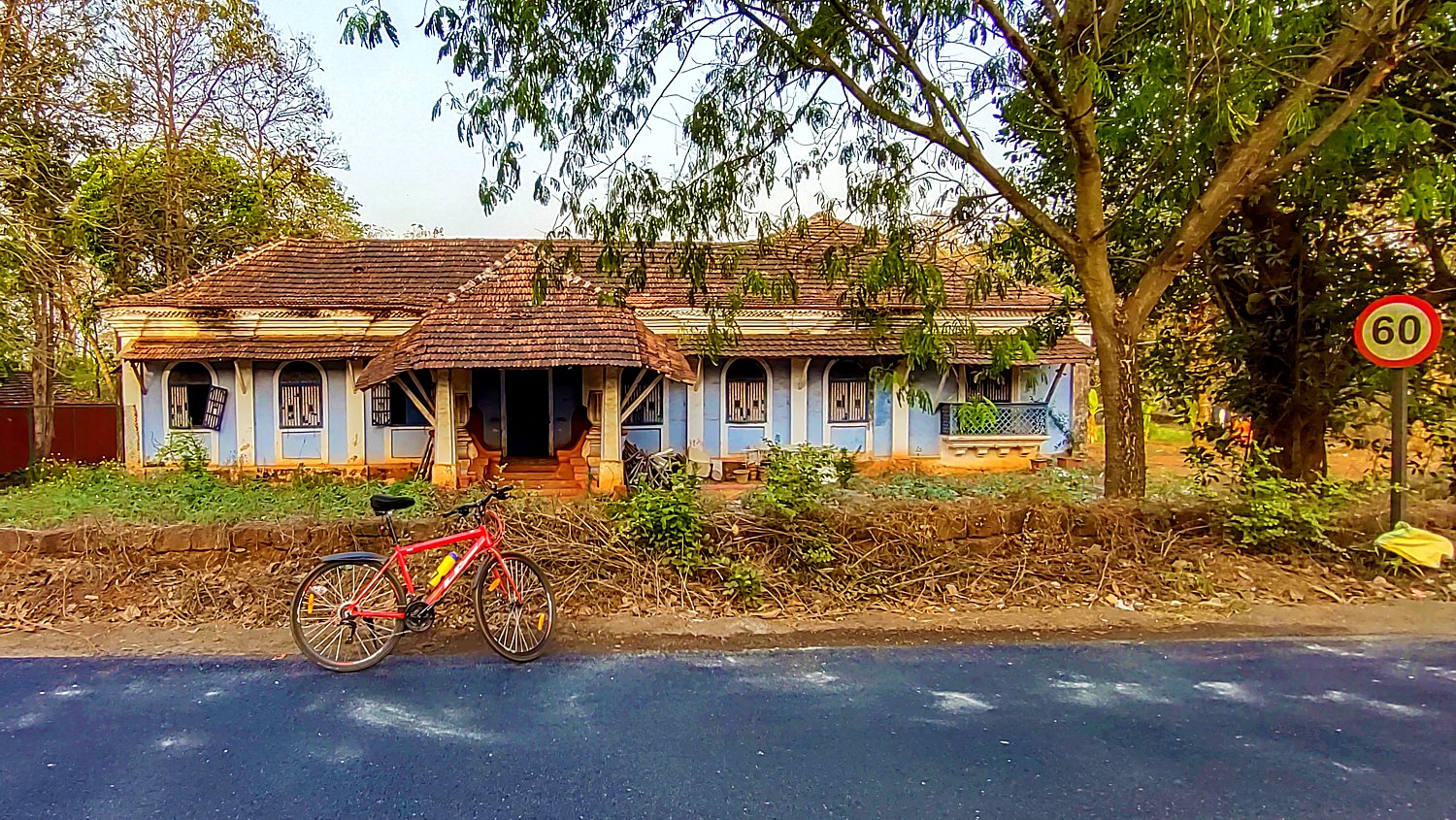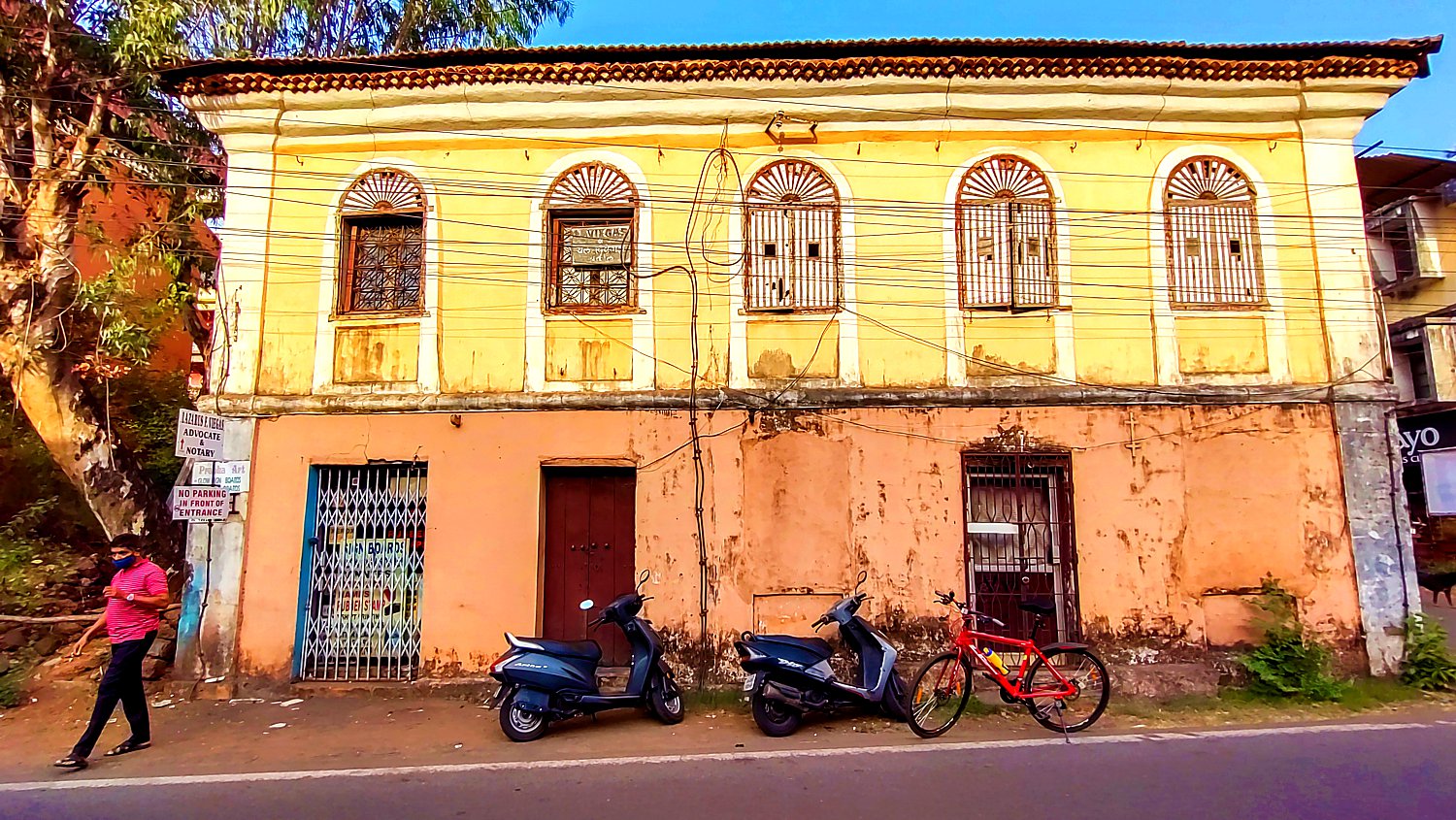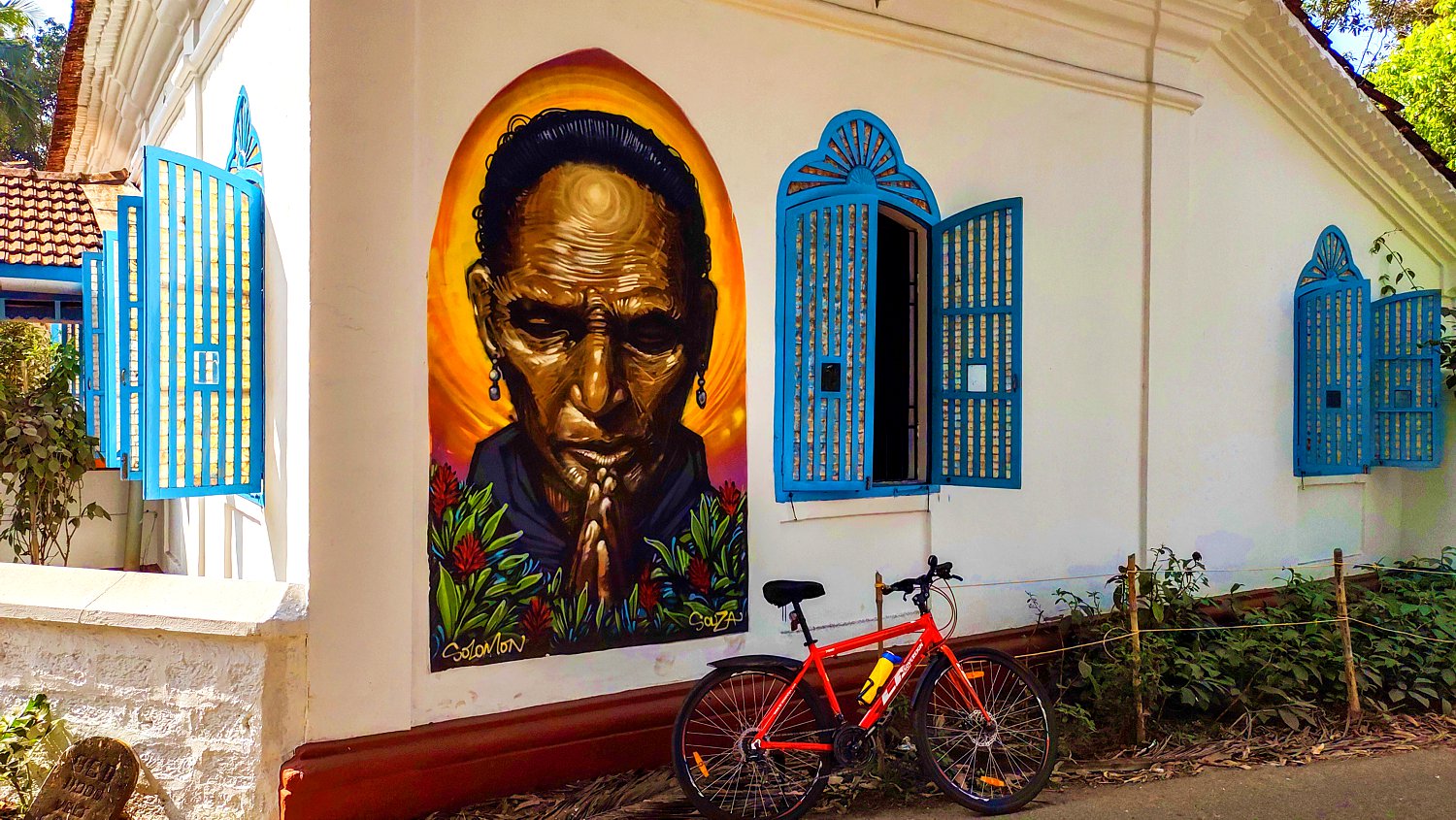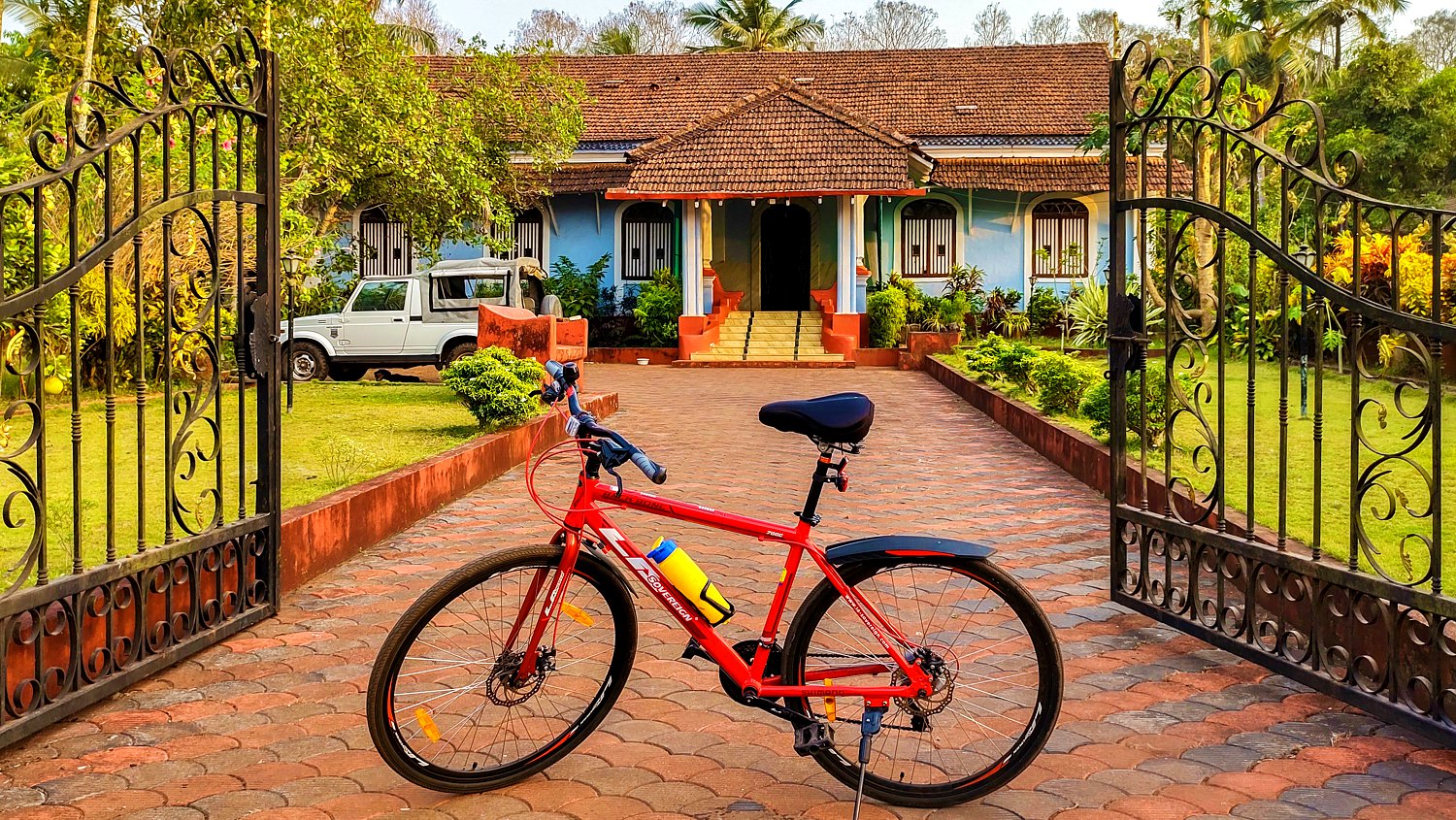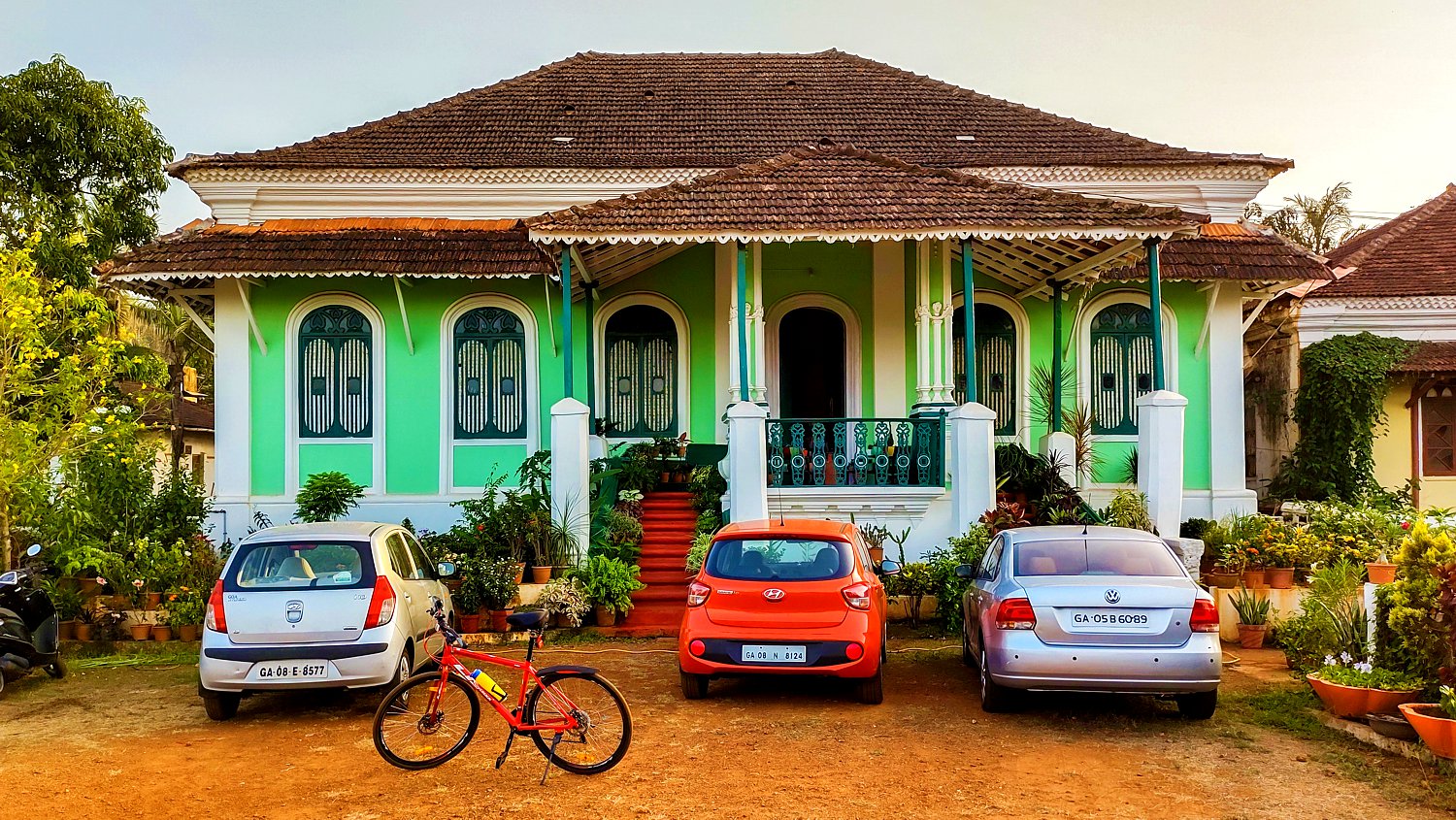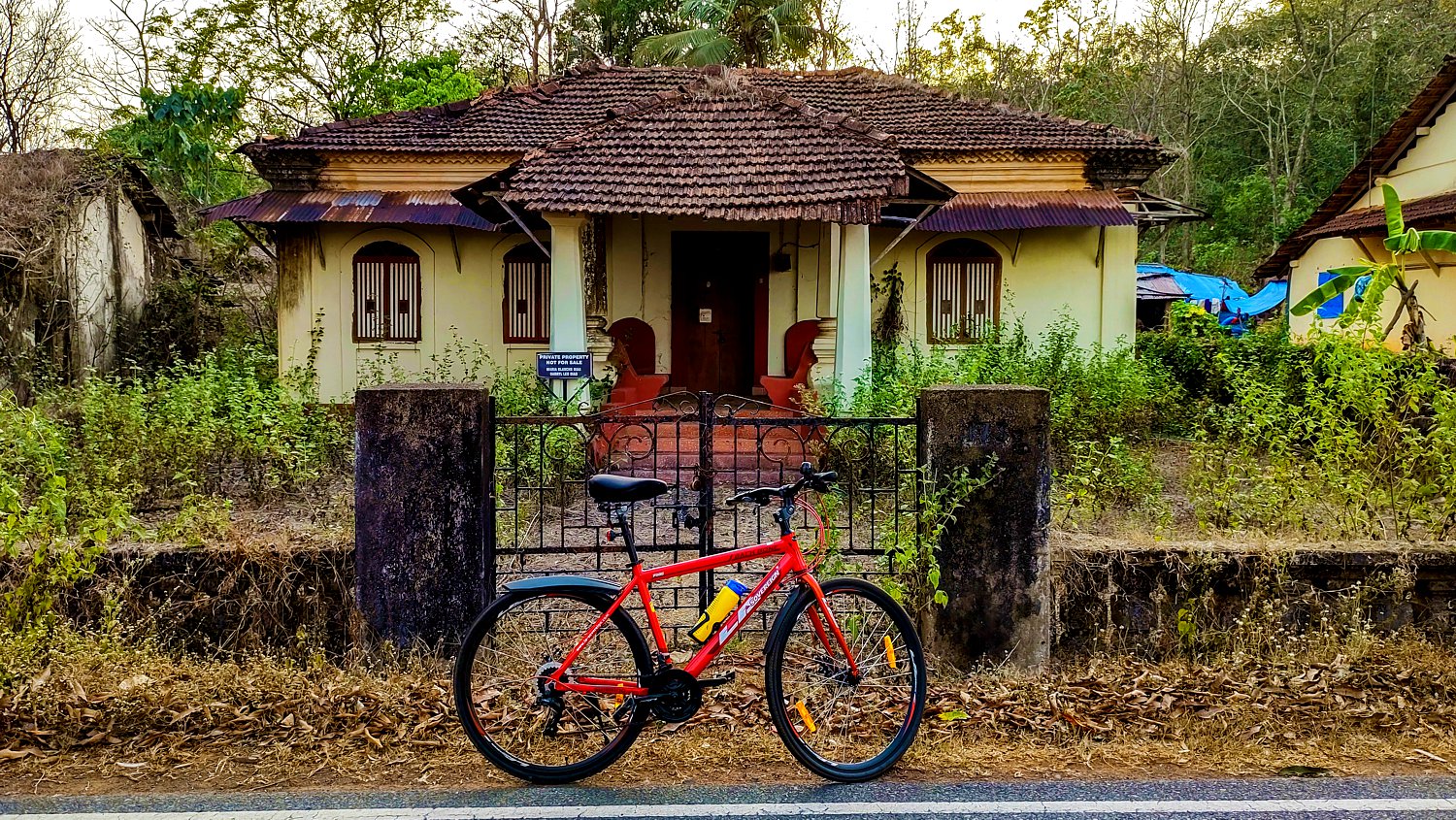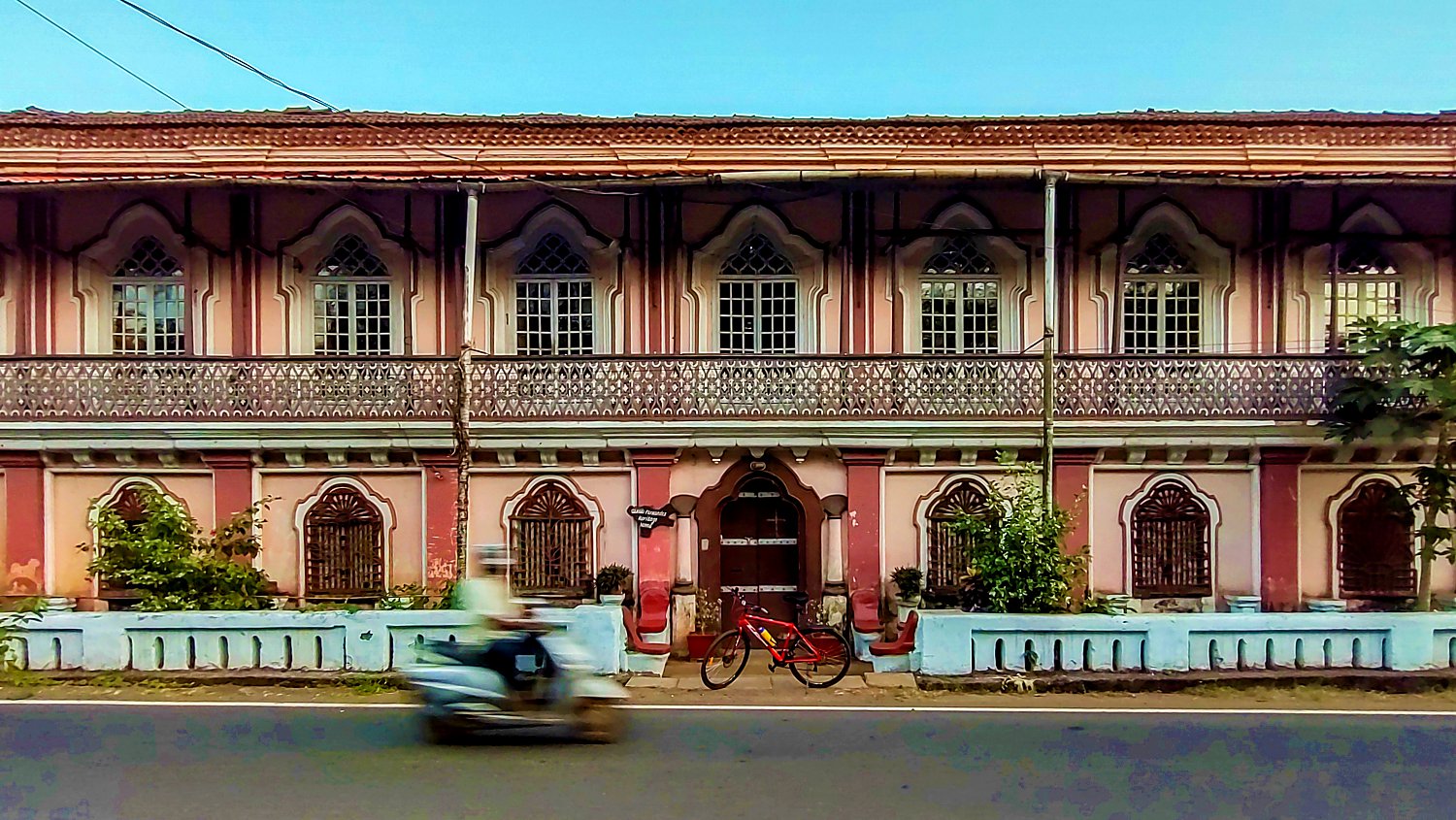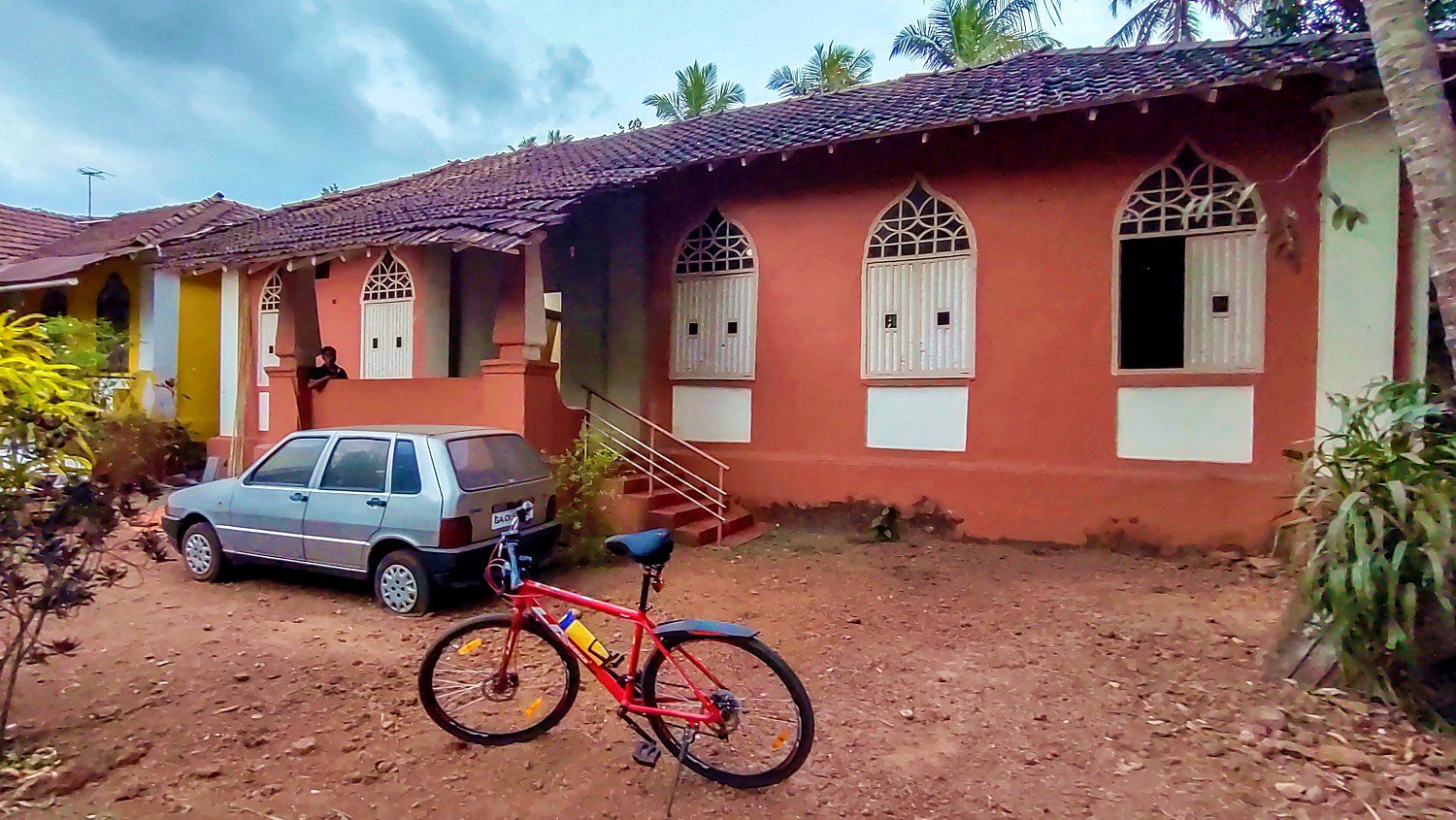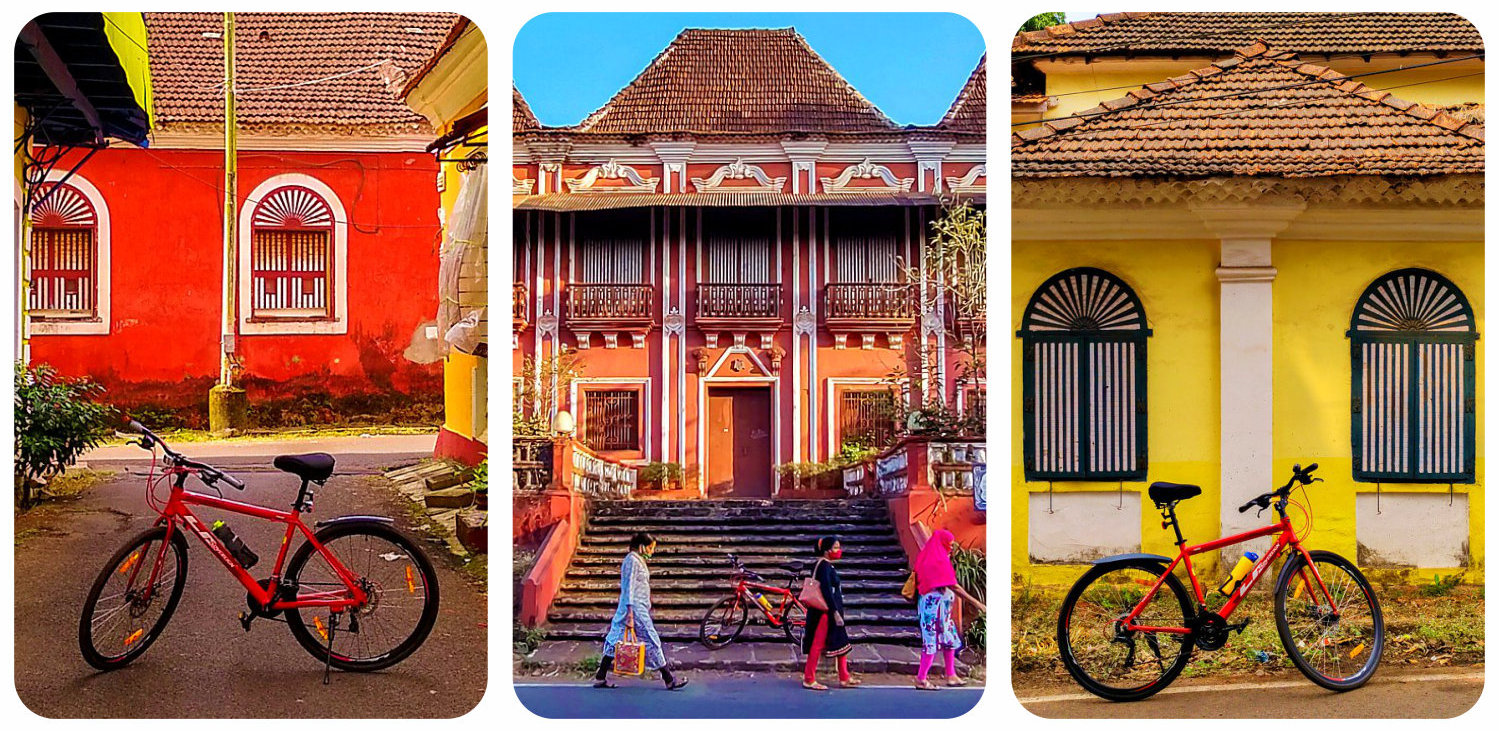
It is unclear where the idea originated. Some say it came from coastal Gujarat while others point to Cape Comorin. But it took Goan Carpenters years to perfect Goa’s traditional architectural curiosities: ‘the Mother of Pearl shell inlay Windows’.
Glass was brought to Goa as late as 1890 and remained an expensive building material well into the 20th century. The oyster shells (shells of Placuna placenta species) were an indigenous substitute for glass. Organic in nature, these shimmering shells of mother of pearl or ‘capiz’ or ‘karepa’ as they are locally called were artistically crafted into wooden frames, as it allowed for a subdued filtered light to come into rooms of a house while affording privacy. This gave the windows a warm translucent look from the outside while cutting off glare on the inside. The use of shells in making windows is unique to Goa as it shows how historically, some techniques are replaced with local alternatives and substitutes more suitable to the local climate.
Harvesting window-pane oysters has been a traditional livelihood for the families of the fishing community in Zuari river estuary in Goa. Besides a livelihood source, window-pane oysters were the basis of a thriving cottage industry. For more than 400 years during Portuguese in Goa, window-pane oyster shells were exported to Brazil.
Window-panes oysters take about 4-5 years to mature fully when their muddy brown shells turn translucent white. Today due to indiscriminate marine infrastructure, water pollution, overfishing and changing natural habitat, this precious marine resource despite being declared as a Schedule IV species under the amended Protection of Wildlife Act, 1972, and a ban on its commercial exploitation by the Ministry of Environment & Forests has almost become extinct in most of its traditional habitat areas, except in a single bay at Chicalim.
Taking a tour of Goa’s windows is a charming journey into a part of heritage architecture, craftsmanship and refined aesthetics. The windows have gone through changing times with environmental degradation and climate change, but interesting paths are taking root for alternatives and renewals.



